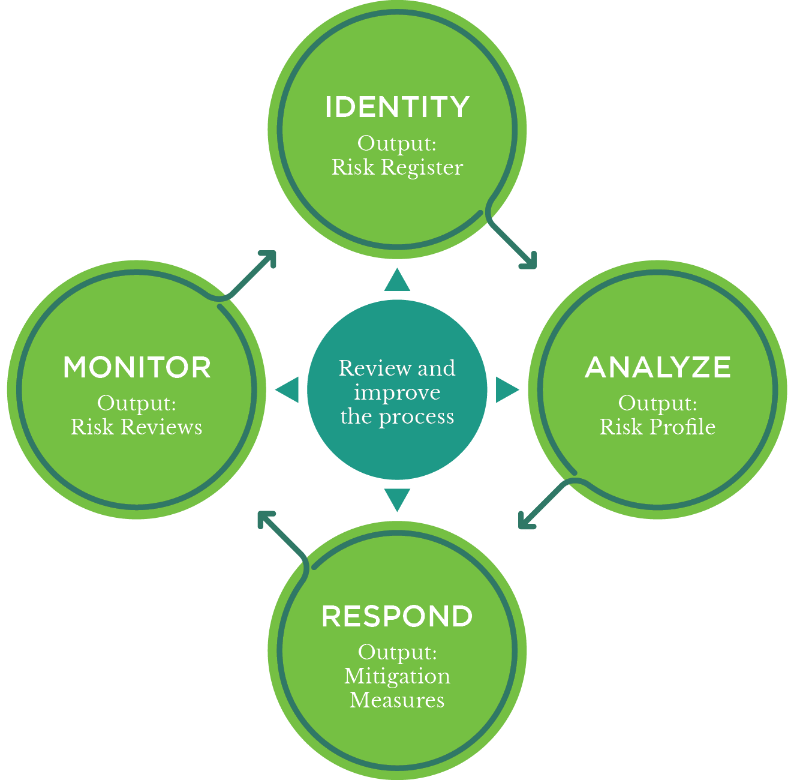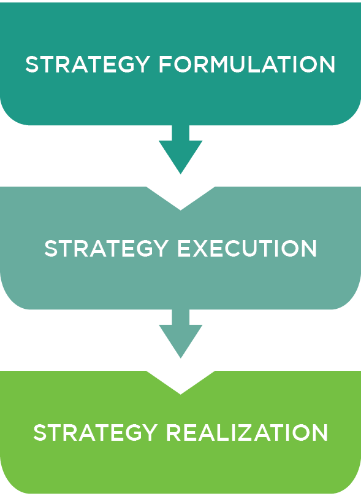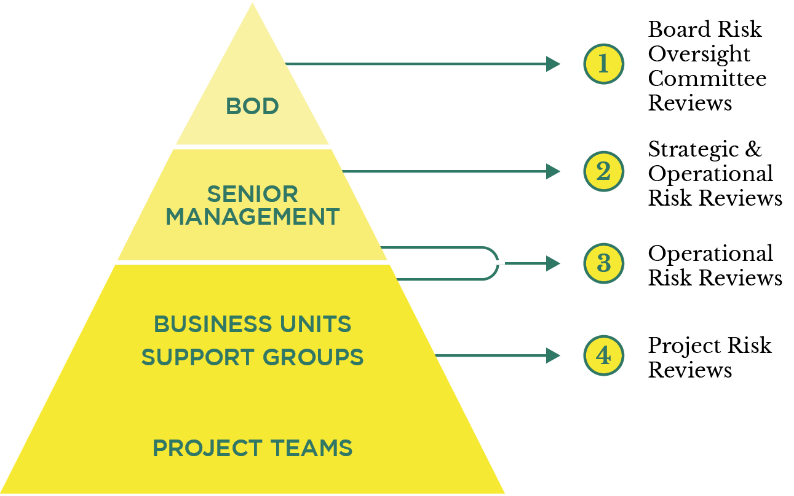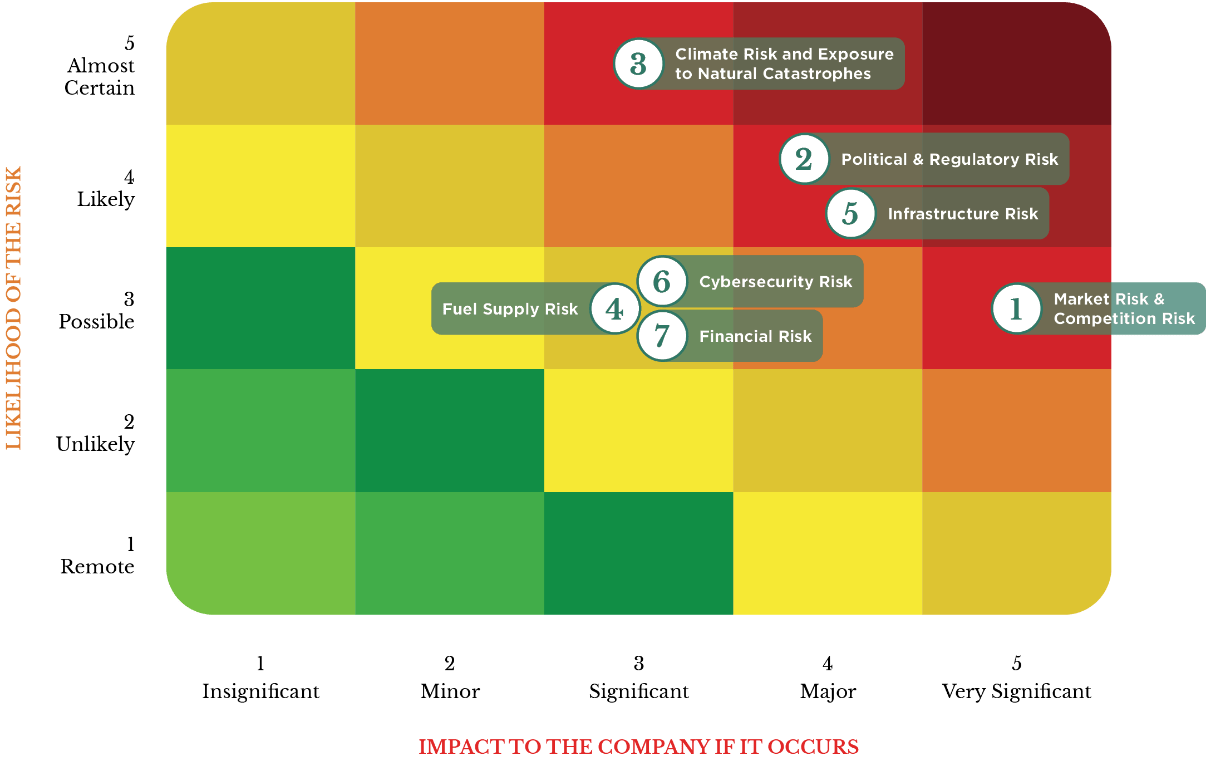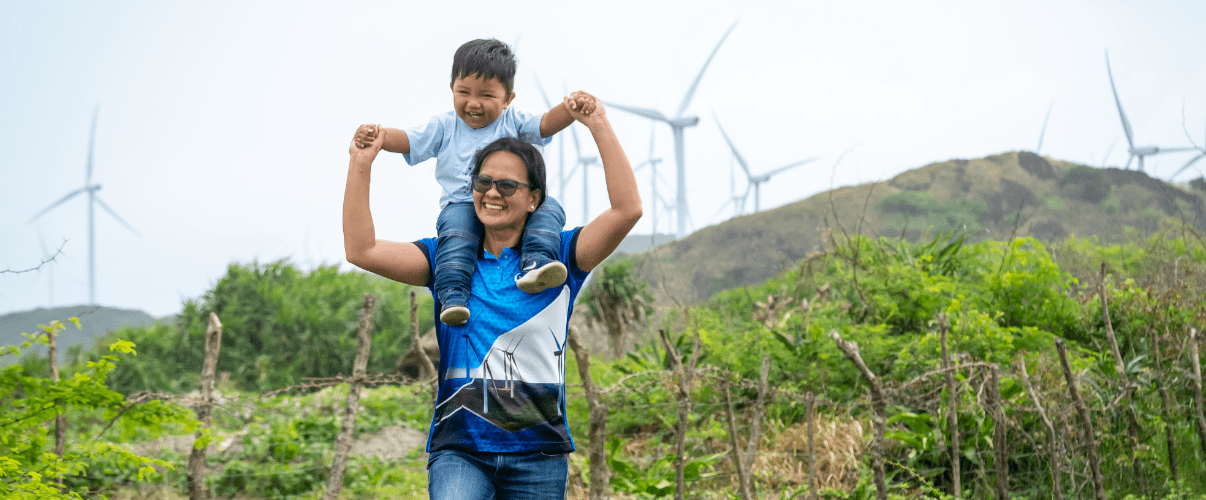|
Global and national preference and interest in clean energy solutions
(External)
|
Driven by regulatory, political, economic, and climate factors, customers both locally and abroad are showing a greater preference towards RE solutions as seen in International Energy Agency (IEA) reports and more. The growing awareness about sustainable business practices has put the need for low-carbon practices at the forefront of commercial operations, presenting energy providers with opportunities to expand their services while transitioning to clean energy.
|
First Gen continues to pursue our initiatives to provide our customers with clean energy while adhering to the Company’s stated Mission and Purpose of promoting a decarbonized and regenerative future for our stakeholders, shareholders, and customers.
Our diverse and clean energy portfolio is more than capable of meeting the energy needs of our customers, while our pursuit of RE projects ensures energy security and stability for our customers. First Gen also continues to improve on our existing processes and integrate local regulatory policies into our investments. This includes aligning our business and growth strategy with the DOE’s PEP, and the Philippines’ commitment of a 75% reduction in emissions in line with the United Nations Framework Convention on Climate Change (UNFCC).
|

Using our assets to better serve our customers and aligning their use and development towards RE solutions

Investing significant financial resources into projects aligned with the zero- carbon goal of the Company

Building collaborative partnerships with stakeholders
|

Grows their financial capital invested into the Company and our projects

Reduces overall emissions and transitions to technologies with less environmental impact

Improves their awareness and accessibility to renewable energy solutions

Provides more support for decarbonized operations and goals
|
Long-term benefits include a steady demand for our clean energy projects while also meeting the requirements to move towards renewable energy. With significant investments in RE, First Gen is a position to become a preferred partner for RE solutions.
|
|
Increased energy demand, supported by government regulation and prioritization of clean energy
(Internal and External)
|
The DOE’s PEP report indicates that the energy demand of the Philippines will only continue to grow, presenting energy providers with an opportunity to meet these needs while transitioning to clean and renewable energy.
This comes at a time when regulatory bodies have introduced new guidance and regulations governing the movement of the energy sectors, incentivizing RE transitions and rewarding innovations that serve customers beyond simply increasing installed capacity.
In addition, due to the continued advancement of Retail Competition and Open Access (RCOA) in the Industry, customers are gaining more power to choose their own electricity. Because of this, their own demands for low carbon sources and support for decarbonization goals are also gaining traction.
|
First Gen continues to pursue our target of 13GW of installed capacity, with a bias towards renewable energy solutions. Investments in additional energy sources, such as the Batangas LNG terminal, ensure energy security for our customers while allowing us to adhere to our goal of moving towards our capacity target.
In response to the retail-centric energy market, the Company assures that our plants are operating at high reliability and dependability, ensuring that we meet the energy demands of our customers while simultaneously opening First Gen’s portfolio of clean energy sources to contestable customers.
First Gen is also preparing for the broader range of customers brought about by the Retail Competition and Open Access (RCOA) program, ensuring that they will have the context and support needed to access the Company’s portfolio of RE solutions.
|

Continued operations and improvement of our assets

Funding and investments into ensuring our plants and facilities can meet energy demands

Training and development of our employees and staff to better serve our customers

Establishing market reach with energy buyers and making connections with contestable customers
|

Increases the diversity of their investments while also supporting the local RE transition

Provides them with options to access RE solutions
|
Short-term benefits include establishing partnerships and securing project contracts for RE facilities. Long- term benefits to the Company include a consistent customer base and incoming customers looking for reliable access to RE solutions.
|
|
A stronger push towards technologies and solutions that help decarbonize operations
(Internal and External)
|
Various Programs and policies are being established to spur decarbonization in the industry. For example, DOE’s Demand-side Management (DSM) Program under the Energy Efficiency and Conservation (EE&C) Act in the EE&C 2023-2040 Road Map outlines expectations for the energy industry to innovate on their services and the applications of their generated energy.
The continued research and development into hydrogen, carbon capture, nature- based solutions, and other technologies and business models supports decarbonization across various industries, aside from just the energy sector. While these are long-term prospects, their development can help actualize the opportunity of decarbonizing power portfolios towards net zero.
|
First Gen is always researching the latest innovations to help decarbonize our portfolio and capture business opportunities.
The Company finds opportunity in providing customer needs, even beyond the kWh. By putting the needs of our customers first, we’re able to connect them to the technologies and services that they need to integrate into their lives for a more sustainable and resilient future.
Our investments to innovate in our operations and staying ahead of the latest developments in RE solutions give us a strong foundation to meet the energy demands of our customers while also integrating the latest efficiencies and technologies to better our own processes.
|

Assets that we maintain, develop, or acquire towards decarbonized operations

Funding for the research, acquisition, and development of decarbonized technologies

Innovating on our existing processes and integrating new technologies and strategies to support decarbonizati on efforts
|

Gives access to new technologies that allow them to better align their energy needs with a more sustainable model

Improves efficiency and energy security with access to better technologies
|
Long-term benefits to First Gen include optimized operations and better service for our customers through the integration of new technologies. The emerging market for RE solutions also puts the Company in an advantageous position to use these technologies to secure better business outcomes.
|
|
Global investor demand on ESG initiatives
(Internal and External)
|
ESG initiatives have been an increasing concern for investors who wish to see their support count toward a more sustainable future. Investing and disclosing these sustainability focused business practices or initiatives reflect the organization’s commitment towards ESG.
Sharing these programs and initiatives helps First Gen position and secure the long-term confidence of our investors.
|
For our internal operations, the Company pursues capability training and development, employee engagement and communications, various health and safety policies, and other initiatives under the social pillar. First Gen is also consistently updating our ESG strategy towards key focus areas such as Environment, Biodiversity, Resource Management, and Climate Awareness.
Moreover, we foster our relationship with local communities through initiatives that protect the ecosystems that surround our operations. We are also identifying nature-based solutions, water, and waste-management solutions.
|

Internal presence and recognition of sustainability and ESG efforts

Building relationships and partnerships with organizations with like- minded sustainability initiatives

Drawing attention, recognition, and support towards ESG initiatives
|

Providing assurance and recognition that their investments are directed towards sustainable initiatives

Supporting their progress towards sustainability goals

Preserving the environment and promoting a regenerative future
|
Short-term benefits include First Gen’s adherence to regulatory and reporting requirements, boosting both investor and customer confidence in the Company’s operations. By aligning our operations with ESG initiatives for the long-term, we aim to become a leading figure in the local energy sector’s push towards sustainable and renewable energy practices.
|
|
Aligning our organization towards creating regenerative pathways for shared value
(Internal)
|
To drive and sustain First Gen’s continued growth and expansion, the Company needs to ensure collaborative and unified work for project development.
The Company continues to invest in our Capitals to ensure that all our operations, investments, and services are aligned with our Mission and Purpose, especially with the previously discussed opportunities and how they may change the energy industry.
We are positioned to mature our five Capitals to innovate and push our strengths as a mission-driven organization.
|
First Gen continuously embeds the core tenets of our Mission and Purpose with our priorities, strategies, and goals across our different capitals. We engage our members through training, developmental workshops, town hall meetings, and other personnel support to make sure that their personal initiatives align with the Company’s overarching goals.
|

Additional training, development, and support for all First Gen employees and staff

Providing our partners with the experience and support needed to align with our own goals
|

Assurance that their support is aligned with the company’s overall Mission and Purpose

Employees - Opening developmental opportunities through training, upskilling, and other means of personnel support
|
Short-term benefits include ensuring that First Gen’s employees are well-equipped to grow and support the company’s Mission and Purpose. By investing in our organizational alignments, the Company builds a stronger foundation that is more than capable of meeting the challenges posed by the energy market.
|
